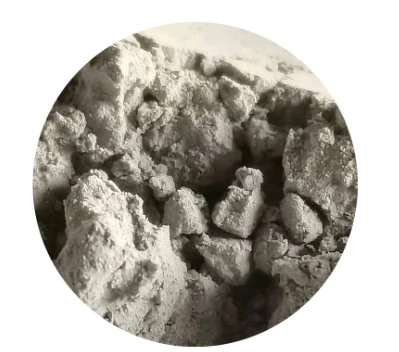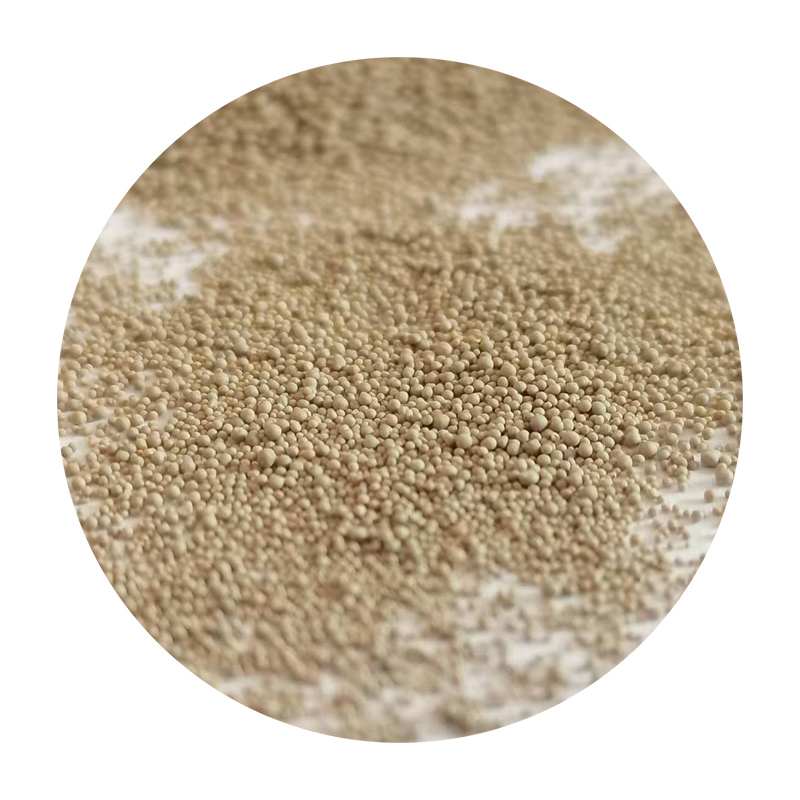

For precision castings, especially in the aerospace and automotive industries, zircon sand is highly favored. Featuring low thermal expansion and high density, zircon sand helps in achieving precise dimensions and smooth finishes. Despite its higher cost, its benefits in producing high-quality, intricate castings often justify its use in critical applications. Each type of sand offers distinct properties and advantages that can be leveraged to influence the casting outcome. Foundry engineers must carefully select the appropriate sand type based on the specific requirements of each project. Factors such as the metal being cast, the desired surface finish, the complexity of the design, and cost considerations play significant roles in this selection process. Moreover, advancements in sand treatment and testing technologies continually enhance the capabilities of each type of casting sand. The introduction of synthetic sands and refined processes has expanded the possibilities, allowing foundries to push the boundaries of what can be achieved with traditional sand casting. In conclusion, understanding the types of sand used in sand casting is fundamental to optimizing the casting process. Each type offers distinctive properties that can affect the quality and performance of the final product. Foundry professionals who strategically choose and manipulate these sand properties tend to achieve superior casting outcomes, ensuring product quality and customer satisfaction. Keeping abreast with the latest trends and technologies in sand casting can unlock new potentials, enhance efficiency, and elevate the standard of products offered to the market. Post time:កុម្ភៈ . 20, 2025 14:13
Next:Resin coated ceramic sand
